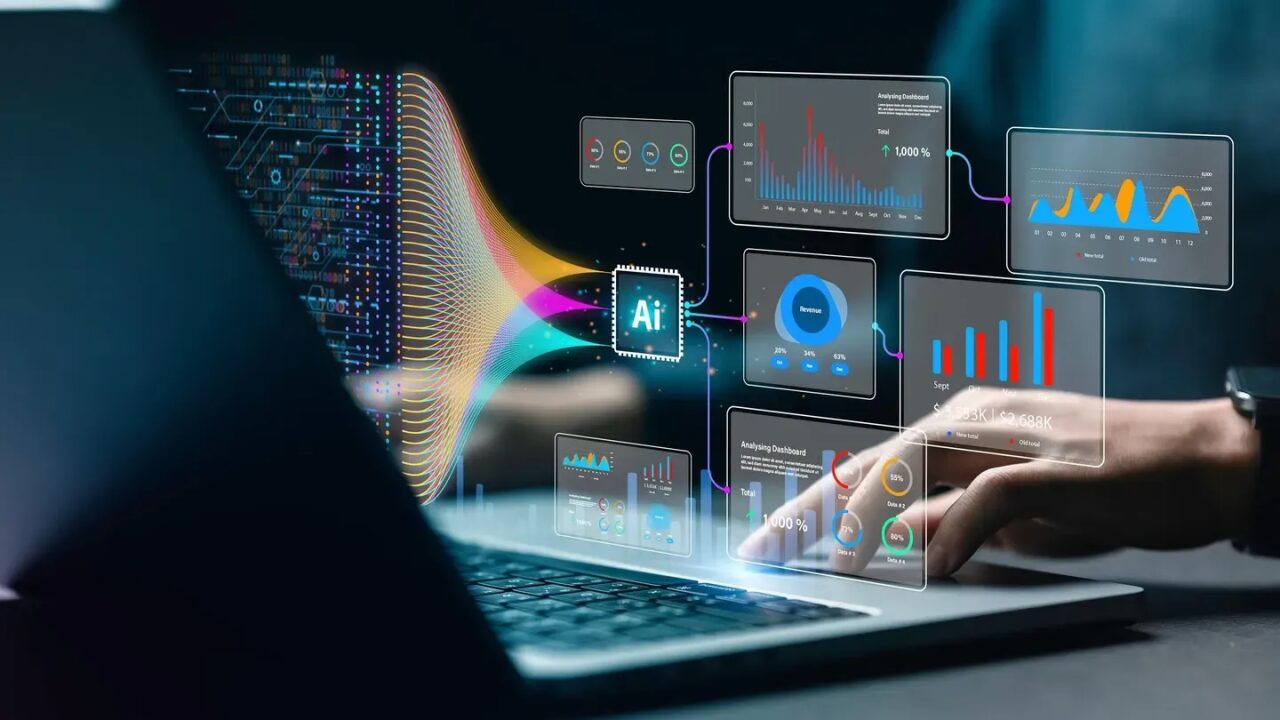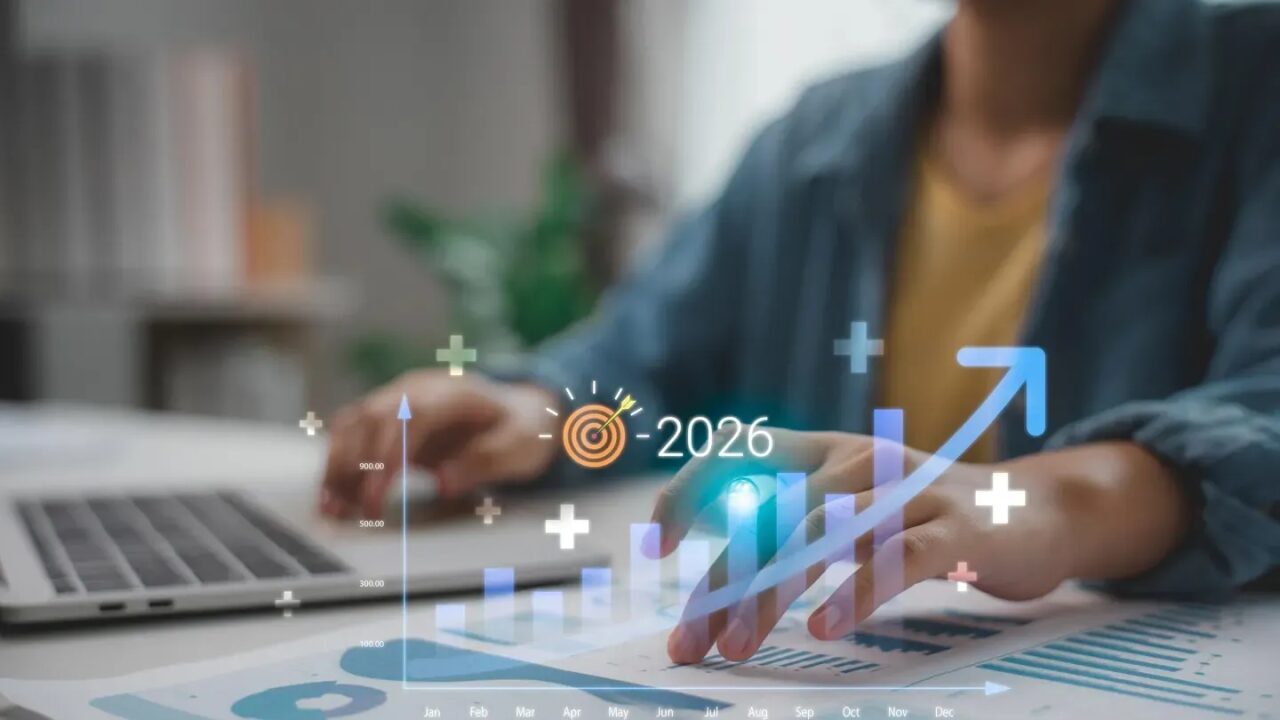What is Big Data?
2 July 2021
The term “Big Data” may have been around for some time now, but there is still quite a lot of confusion about what it actually means. In truth, the concept is continually evolving and being reconsidered, as it remains the driving force behind many ongoing waves of digital transformation, including artificial intelligence, data science and the Internet of Things. But what exactly is Big Data and how is it changing our world?

The astonishing growth of Big Data
It all starts with the explosion in the amount of data we have generated since the dawn of the digital age. This is largely due to the rise of computers, the Internet and technology capable of capturing data from the world we live in. Data in itself isn’t a new invention. Going back even before computers and databases, we had paper transaction records, customer records and archive files – all of which are data. Computers, and particularly spreadsheets and databases, gave us a way to store and organise data on a large scale, in an easily accessible way. Suddenly, information was available at the click of a mouse.
We’ve come a long way since early spreadsheets and databases, though. Today, every two days we create as much data as we did from the beginning of time until 2000. That’s right, every two days. And the amount of data we’re creating continues to increase rapidly; by 2020, the amount of digital information available will have grown from around 5 zettabytes today to 50 zettabytes.
Nowadays, almost every action we take leaves a digital trail. We generate data whenever we go online, when we carry our GPS-equipped smartphones, when we communicate with our friends through social media or chat applications, and when we shop. You could say we leave digital footprints with everything we do that involves a digital action, which is almost everything. On top of this, the amount of machine-generated data is rapidly growing too. Data is generated and shared when our “smart” home devices communicate with each other or with their home servers. Industrial machinery in plants and factories around the world are increasingly equipped with sensors that gather and transmit data.
The term “Big Data” refers to the collection of all this data and our ability to use it to our advantage across a wide range of areas, including business.
How does Big Data work?
Big Data works on the principle that the more you know about anything or any situation, the more reliably you can gain new insights and make predictions about what will happen in the future. By comparing more data points, relationships begin to emerge that were previously hidden, and these relationships enable us to learn and make smarter decisions. Most commonly, this is done through a process that involves building models, based on the data we can collect, and then running simulations, tweaking the value of data points each time and monitoring how it impacts our results. This process is automated – today’s advanced analytics technology will run millions of these simulations, tweaking all the possible variables until it finds a pattern – or an insight – that helps solve the problem it is working on.
Until relatively recently, data was limited to spreadsheets or databases – and it was all very ordered and neat. Anything that wasn’t easily organised into rows and columns was simply too difficult to work with and was ignored. Now though, advances in storage and analytics mean that we can capture, store and work with many, many different types of data. As a result, “data” can now mean anything from databases to photos, videos, sound recordings, written text and sensor data.
To make sense of all of this messy data, Big Data projects often use cutting-edge analytics involving artificial intelligence and machine learning. By teaching computers to identify what this data represents– through image recognition or natural language processing, for example – they can learn to spot patterns much more quickly and reliably than humans.
How is Big Data being used?
This ever-growing stream of sensor information, photographs, text, voice and video data means we can now use data in ways that were not possible even a few years ago. This is revolutionising the world of business across almost every industry. Companies can now accurately predict what specific segments of customers will want to buy, and when, to an incredibly accurate degree. And Big Data is also helping companies run their operations in a much more efficient way.
Even outside of business, Big Data projects are already helping to change our world in a number of ways, such as:
- Improving healthcare – Data-driven medicine involves analysing vast numbers of medical records and images for patterns that can help spot disease early and develop new medicines.
- Predicting and responding to natural and man-made disasters – Sensor data can be analysed to predict where earthquakes are likely to strike next, and patterns of human behaviour give clues that help organisations give relief to survivors. Big Data technology is also used to monitor and safeguard the flow of refugees away from war zones around the world.
- Preventing crime – Police forces are increasingly adopting data-driven strategies based on their own intelligence and public data sets in order to deploy resources more efficiently and act as a deterrent where one is needed.
Big Data concerns
Big Data gives us unprecedented insights and opportunities, but it also raises concerns and questions that must be addressed:
- Data privacy – The Big Data we now generate contains a lot of information about our personal lives, much of which we have a right to keep private. Increasingly, we are asked to strike a balance between the amount of personal data we divulge, and the convenience that Big Data-powered apps and services offer.
- Data security – Even if we decide we are happy for someone to have our data for a particular purpose, can we trust them to keep it safe?
- Data discrimination – When everything is known, will it become acceptable to discriminate against people based on data we have on their lives? We already use credit scoring to decide who can borrow money, and insurance is heavily data-driven. We can expect to be analysed and assessed in greater detail, and care must be taken that this isn’t done in a way that contributes to making life more difficult for those who already have fewer resources and access to information.
Facing up to these challenges is an important part of Big Data, and they must be addressed by organisations who want to take advantage of data. Failure to do so can leave businesses vulnerable, not just in terms of their reputation, but also legally and financially.
Looking to the future
Data is changing our world and the way we live at an unprecedented rate. If Big Data is capable of all this today – just imagine what it will be capable of tomorrow. The amount of data available to us is only going to increase, and analytics technology will become more advanced.
For businesses, the ability to leverage Big Data is going to become increasingly critical in the coming years. Those companies that view data as a strategic asset are the ones that will survive and thrive. Those that ignore this revolution risk being left behind.
Where to go from here
If you would like to know more about Big Data and AI, cheque out my articles on:
Related Articles
The 8 Data Trends That Will Define 2026
By now, “smart” versions exist of just about every home appliance, gadget and gizmos we can think of. However, manufacturers continue[...]
7 Quantum Computing Trends That Will Shape Every Industry In 2026
By now, “smart” versions exist of just about every home appliance, gadget and gizmos we can think of. However, manufacturers continue[...]
5 Business Trends Every Company Must Prepare for in 2026
By now, “smart” versions exist of just about every home appliance, gadget and gizmos we can think of. However, manufacturers continue[...]
The Quantum Revolution Is Here, And It’s About More Than Just Computing
By now, “smart” versions exist of just about every home appliance, gadget and gizmos we can think of. However, manufacturers continue[...]
6 Critical Telecom Trends In 2026: What Industry Leaders Need To Know
By now, “smart” versions exist of just about every home appliance, gadget and gizmos we can think of. However, manufacturers continue[...]
Technology in Action: My Key Takeaways on How AI and Quantum Are Accelerating Global Transformation
By now, “smart” versions exist of just about every home appliance, gadget and gizmos we can think of. However, manufacturers continue[...]
Sign up to Stay in Touch!
Bernard Marr is a world-renowned futurist, influencer and thought leader in the fields of business and technology, with a passion for using technology for the good of humanity.
He is a best-selling author of over 20 books, writes a regular column for Forbes and advises and coaches many of the world’s best-known organisations.
He has a combined following of 4 million people across his social media channels and newsletters and was ranked by LinkedIn as one of the top 5 business influencers in the world.
Bernard’s latest book is ‘Generative AI in Practice’.










Social Media